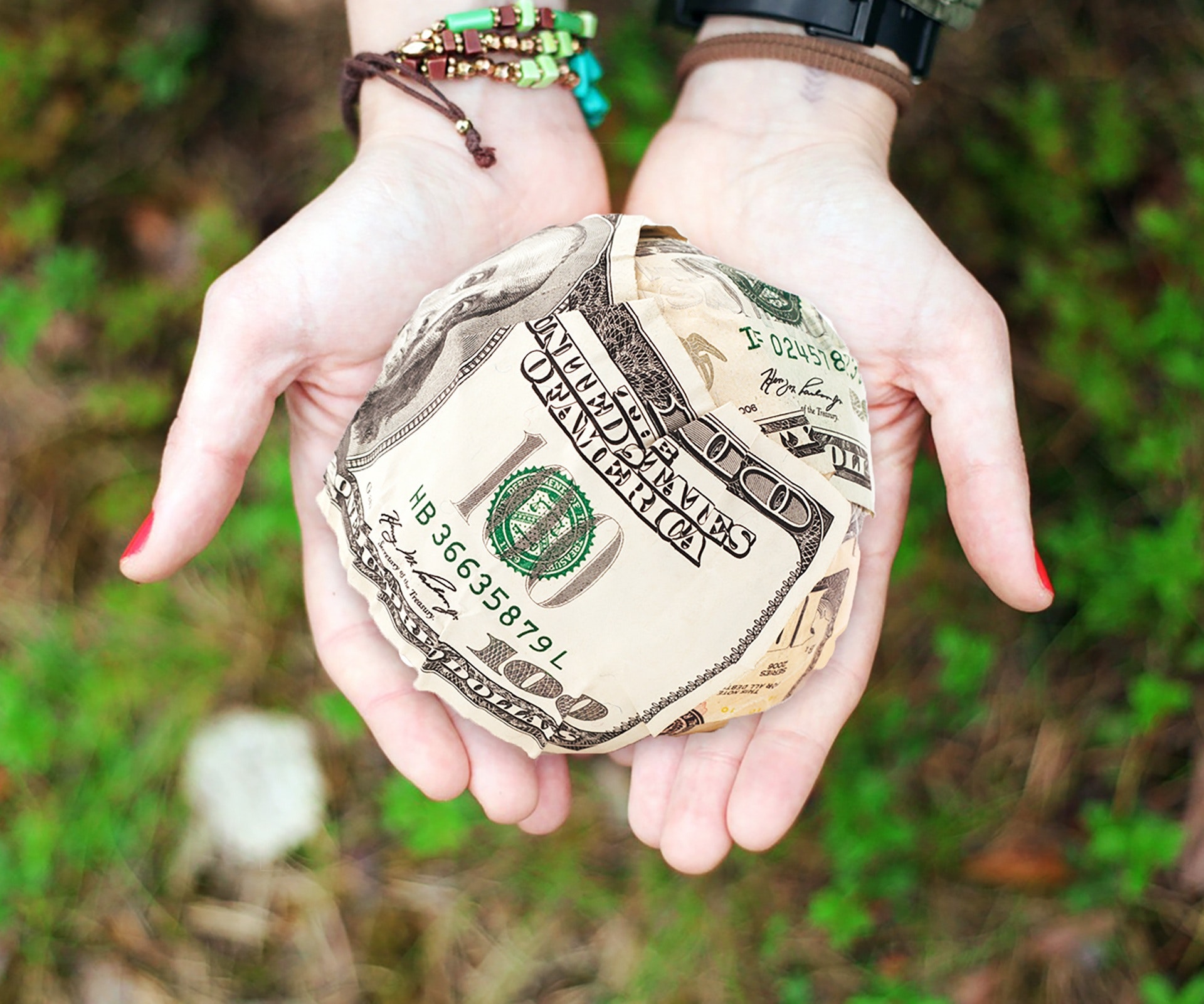As an investor in First Republic, you may have noticed the recent changes in the stock value and dividend reduction due to the consequences of COVID-19. With government assistance programs also affecting the banking industry, it can be tough to navigate through this uncertain time. But worry not! In this blog post, we’ll explore some strategies for managing your investments amidst these challenges and help you stay ahead of the game. So let’s dive into navigating the uncertainty of First Republic’s stock value together!
What is First Republic?
First Republic is a bank holding company that operates through its subsidiary banks. It offers private banking, wealth management, and investment services to its clients. The company has over 70 locations across the United States.
First Republic’s stock value has been volatile in recent months amid concerns about the company’s dividend reduction and its participation in the government’s small business lending program. Some analysts have questioned whether First Republic is too reliant on government assistance and whether its dividend is sustainable.
First Republic reported strong earnings for the first quarter of 2020, but its shares fell after the company announced a dividend cut and said it would participate in the government’s small business lending program. The company’s stock has recovered some of its losses since then, but remains below its pre-pandemic level.
Looking ahead, First Republic’s stock value will likely continue to be influenced by news about the pandemic and government assistance programs. The company’s long-term prospects remain strong, but investors may need to be patient in the near term as First Republic navigates these uncertain times.
Why are investors worried about First Republic?
First Republic’s stock value has been volatile in recent months, as the company has reduced its dividend and accepted government assistance. These actions have investors worried about First Republic’s financial stability.
First Republic is a bank holding company that operates through its subsidiary banks. The company offers a range of banking products and services to its clients, including personal banking, business banking, and wealth management services.
In March of 2020, First Republic reduced its quarterly dividend by 50%, from $0.37 per share to $0.185 per share. This was a response to the COVID-19 pandemic and the resulting economic uncertainty. Many banks were reducing their dividends at this time in order to preserve capital.
First Republic also applied for and received government assistance through the CARES Act’s Paycheck Protection Program (PPP). The PPP provides loans to small businesses that are used to cover payroll and other expenses. First Republic received $349 million in PPP loans.
The combination of these two actions – reducing the dividend and accepting government assistance – has investors worried about First Republic’s financial stability. Some believe that the company would not have needed government assistance if it had not reduced its dividend, indicating that First Republic may be in worse financial shape than previously thought. Others worry that the PPP loans may never be repaid, as many small businesses are struggling to survive the pandemic.
Overall, investors are concerned about First Republic’s ability to weather the current economic downturn.
What is the government doing to help?
The government is providing liquidity to the banking system through various measures, including the purchase of government bonds and commercial paper. The government is also providing guarantees for certain types of loans and reducing reserve requirements. In addition, the government is injecting capital into banks and providing funding to support the issuance of new equity by banks.
How will this affect dividend payouts?
Though First Republic’s recent dividend reduction may have come as a surprise to some investors, it is important to remember that the bank is still in a strong position relative to its peers. The dividend reduction was primarily due to the fact that First Republic is required to hold more capital under the new Basel III regulations.
Despite the reduction, First Republic’s dividend payout ratio remains one of the highest in the industry at around 50%. This means that for every $1 in dividends paid out, First Republic only has to set aside $0.50 in earnings. In comparison, most other banks have a payout ratio closer to 30%, which means they have to set aside $0.30 for every $1 in dividends paid out.
First Republic’s high dividend payout ratio combined with its strong earnings power gives the bank plenty of room to continue paying dividends even if earnings were to decline slightly in the future. Additionally, First Republic has been able to grow its earnings at a rapid pace in recent years, so there is potential for future dividend increases even after this recent reduction.
What does the future look like for First Republic?
The future for First Republic is uncertain amid concerns over its dividend reduction and government assistance. However, the company is committed to navigating these challenges and delivering long-term shareholder value.
First Republic has a strong capital position and a resilient business model that has helped it weather previous challenges. The company is well- positioned to navigate the current environment and continue to generate long-term shareholder value.
Conclusion
In conclusion, navigating the uncertainty of First Republic’s stock value is no easy feat. Investors must be aware of all the factors that could affect its performance and make sure they’re making an informed decision before investing in it. While there are risks involved with this investment, government assistance and dividend reduction can provide a degree of stability that may make it easier to take on these risks. With careful analysis and research into market trends, however, investors should have enough information to form their own opinion on whether investing in First Republic is the right move for them.




